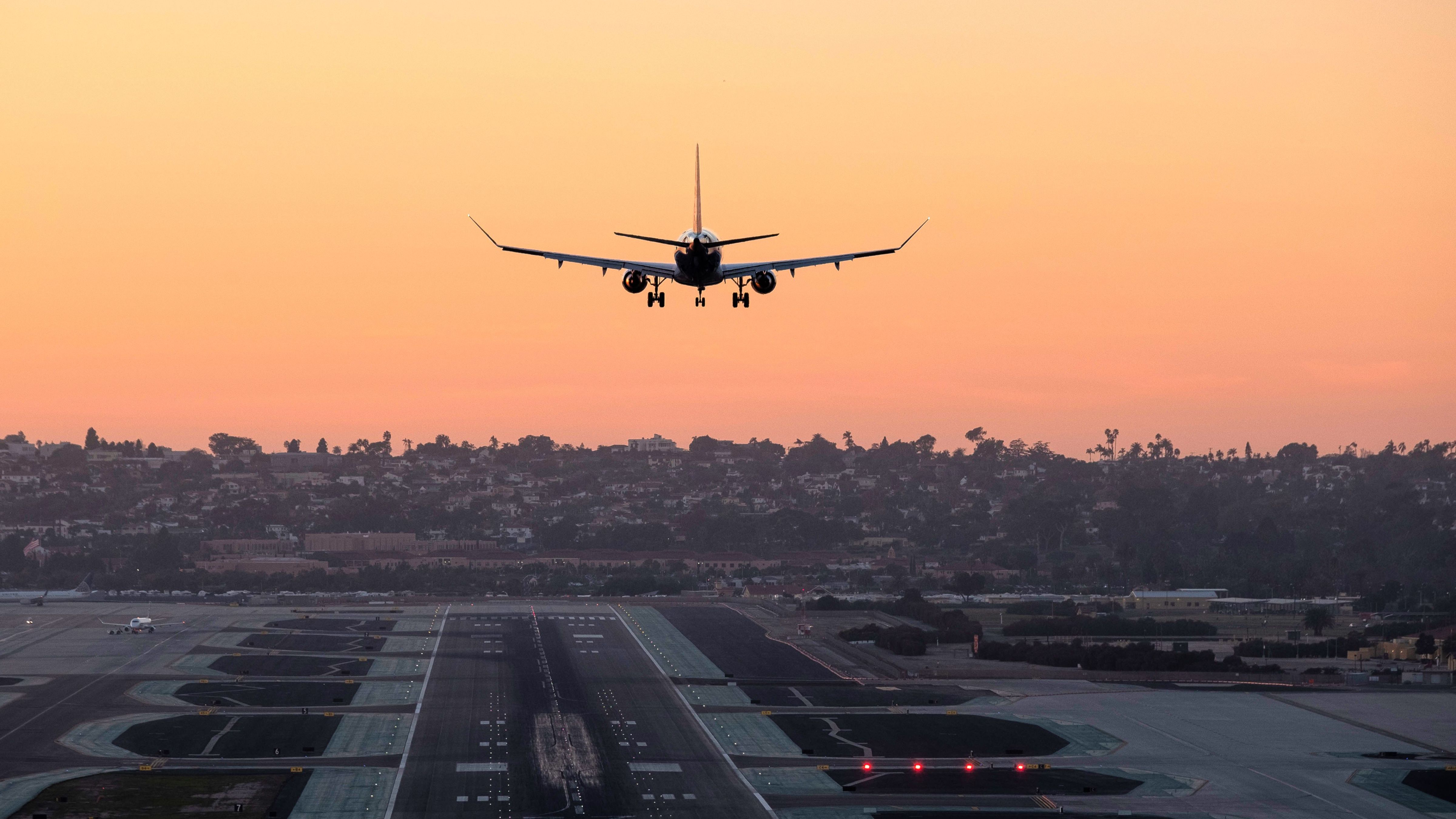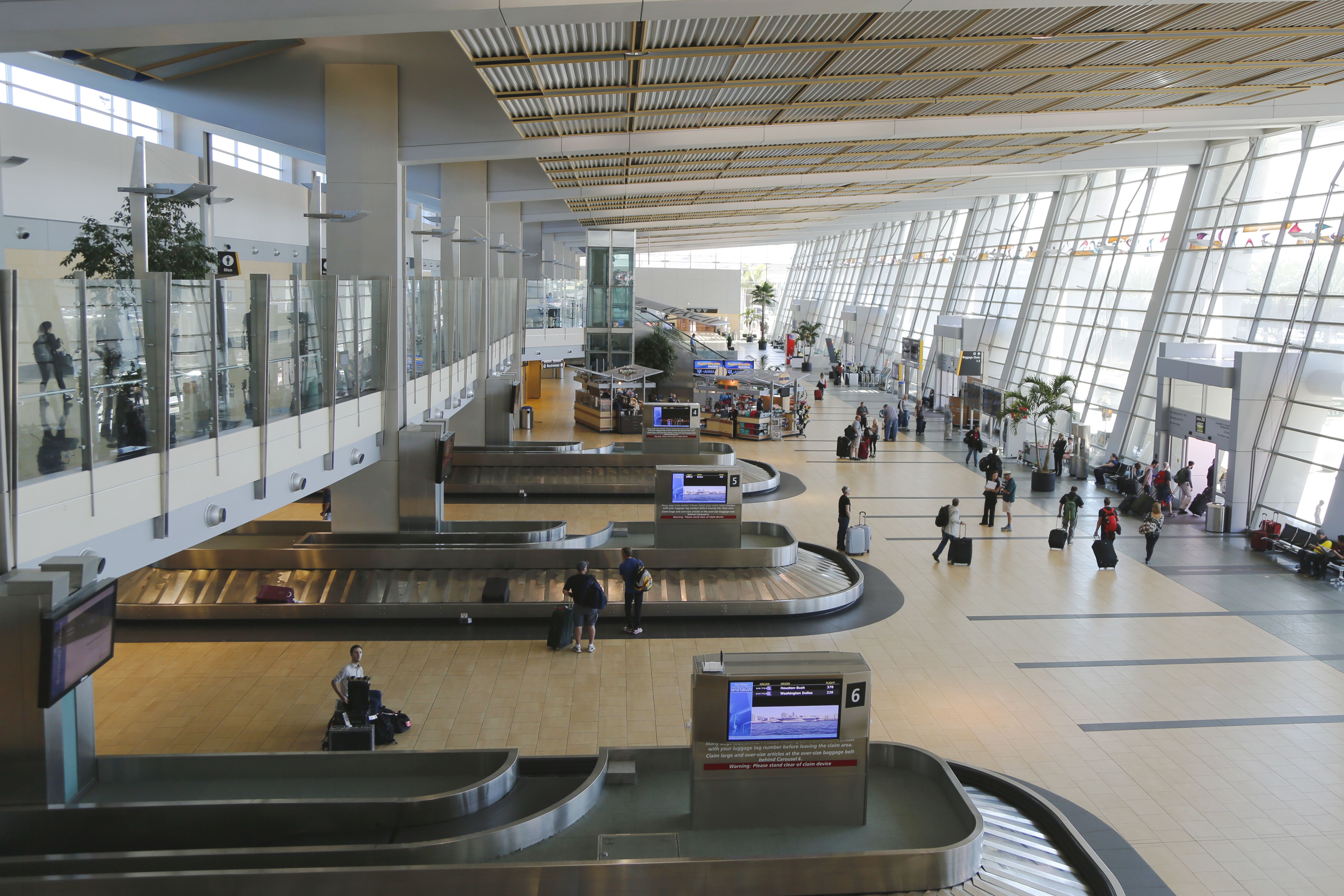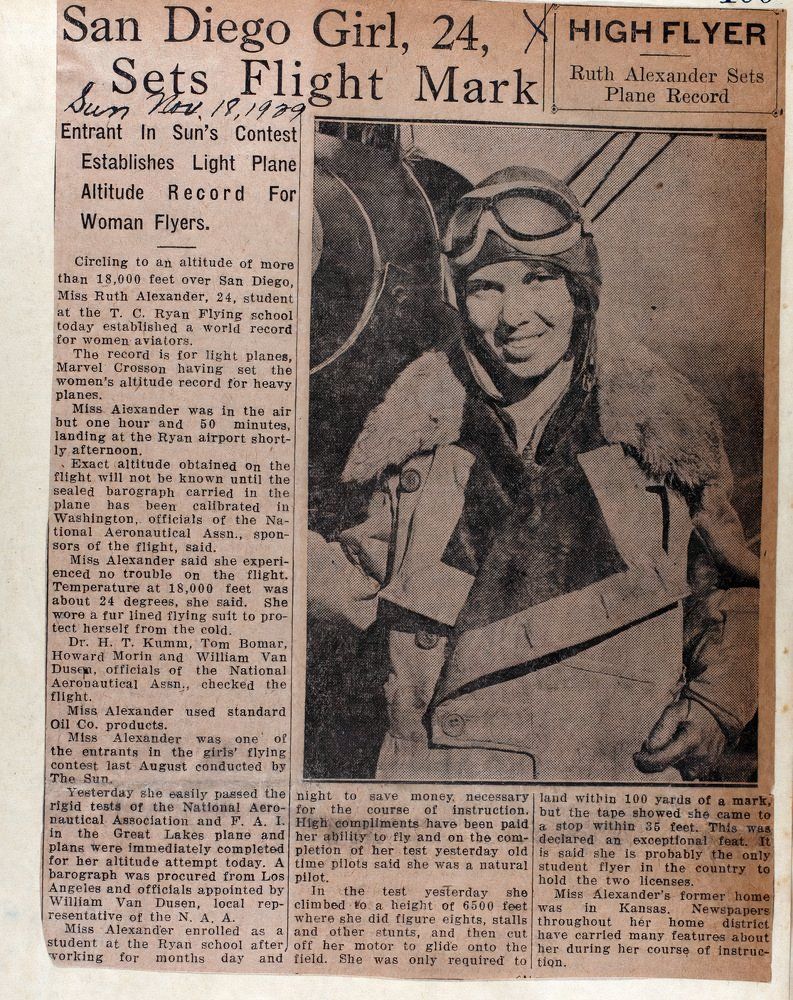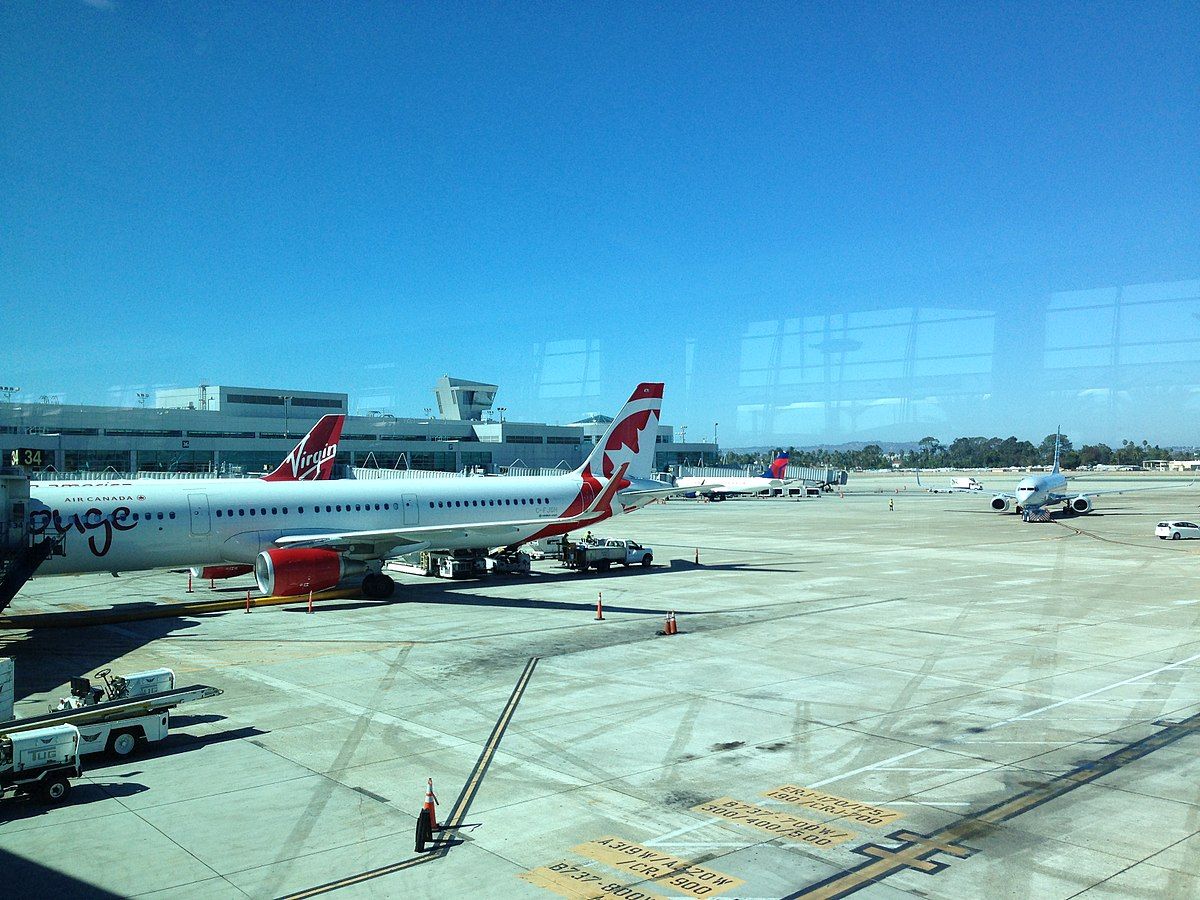While the Chhatrapati Shivaji Maharaj International Airport, often known as Mumbai Airport
(BOM), ranks as the busiest one-runway airport in Asia, the busiest single-runway airport in the US is the San Diego International Airport
(SAN). The airport is a hub for ![]() Alaska Airlines
Alaska Airlines
(AS) and is run by the San Diego County Regional Airport Authority. Let’s take a look at the five facts about SAN.
1
Heavily involved in World War
Coast Guard activities began to prevent smuggling across the Mexican border
|
Opened |
August 16, 1928 |
|---|---|
|
International airport status |
1934 |
Only a decade after the San Diego International Airport
(SAN) started its operations, it was heavily involved in World War II. According to the US Coast Guard, Coast Guard Air Station San Diego was commissioned in April 1937. Lieutenant. S.C. Linholm, who would later become commander of the Eleventh Coast Guard District, was the first commanding officer of the Coast Guard Air Station in San Diego.
Photo: DBSOCAL | Shutterstock
The Coast Guard Air Station San Diego carried out a lot of search and rescue operations during World War II. The US Coast Guard reported about the scope of its operations:
“Search and rescue operations became the primary local focus beginning in October 1943. Between January 1 and December 1, 1944, a total of 124 aircraft went down in waters covered by this unit. Of the 201 pilots and crewmen involved, 137 were saved, 59 were killed by mid-air collisions or impact with the water, and five remain lost at sea.”
2
Third-busiest in California
Recovering steadily after the pandemic
Like many other major airports in the US (and around the world), there was a pronounced dip in the number of annual passengers at SAN during the pandemic. Approximately 4.62 million passengers touched upon the airport in 2020, a number which is three times smaller than the figures for a year prior.
Photo: Leonard Zhukovsky | Shutterstock
Although the airport has
managed to recover fairly well
, as it handled 7.2 million passengers in 2021, and had even more impressive figures a year later, the airport handles far fewer passengers than the busiest airports in California.
3
Terminal 1 is expected to occupy approximately 108,000 square meters
Expansion to continue until 2028
San Diego International Airport
(SAN) currently has two terminals. Let’s take a brief look at these:
|
Terminal |
Date of opening |
Number of concourses |
Number of gates |
|---|---|---|---|
|
Terminal 1 |
March 5, 1967 |
Two (East and West) |
fourteen |
|
Terminal 2 |
July 11, 1979 |
Two (East and West) |
thirty-two |
Photo: San Diego International Airport.
Since late 2021,
Terminal 1 at SAN has been undergoing expansion
. After the completion of the expansion, Terminal 1 is expected to cover an area of 108,000 square meters (1,160,000 square feet). An area of 8,360 square meters (90,000 square feet) will be dedicated to concessions. A report by Simple Flying stated that contract value will be distributed in the following way:
- Small companies will have 97% of the subcontract value. 80% of this will be allocated to local companies.
- The remaining 3% of the subcontract value will be allocated to small businesses owned by veterans.
The expansion of the terminal is expected to create around 20,000 local jobs. This $3.8 billion project is focused on sustainability as the following projects are a part of the expansion:
- Electric vehicle stations
- Rainwater capture
- Consideration of future sea level rise
4
Site of a national and world record for women’s altitude
People looked at the record-breaker as if she were from the zoo
Ruth Alexander, a pilot who lost her life during a routine flight over San Diego, also set a record in SAN. In a book titled Remarkable Women of San Diego: Pioneers, Visionaries and Innovators, written by Hannah S. Cohen and Gloria G. Harris, the authors report that the Rulth Alexander was one among the less than a hundred pilots in the country when she set the record:
” Alexander quickly earned her pilot’s license and was the sixty-fifth licensed female pilot in the country. In November 1929, she celebrated a new credential by taking-off from Lindhberg Field in a Great Lakes Biplane and continued climbing to an altitude of 15,718 ft over San Diego. Her flight was recognized as a new official altitude record for women in light planes.”
After she set the record, the authors report Ruth to have said: “I was quoted all over the newspaper. People looked at me like I was something in a zoo.” In addition to being the first woman to fly from Canada to Mexico nonstop, Ruth was also the first woman to make a round-trip flight from Canada to Mexico. Some of the
other records set by her include
:
- Women’s distance over a specified air course
- Women’s speed record over the same course
- Women’s tri-nation flight
5
The first jet aircraft flight was conducted in 1960
The military made the airport ready to handle jets
The first airlines to operate jets at San Diego International Airport
(SAN) were ![]() United Airlines
United Airlines
(UA) and ![]() American Airlines
American Airlines
(AA). Two of the three big US airlines deployed the same aircraft type to commence operations at SAN with jets.
|
Airline |
Aircraft used |
Services to |
|---|---|---|
|
American Airlines (AA) |
Boeing 720 |
Phoenix |
|
United Airlines (UA) |
Boeing 720 |
San Francisco |
However, the airport was ready for the operations of jet aircraft a long time before the first flights took place. The airport’s 8,750 ft (2,670 m) runway was
constructed during its involvement in the World War II
. Almost half of SAN’s current area was acquired during the wars, reported militarymuseum.org:
” A total of 354.814 acres were acquired by the War Department to serve as an airport and campsite for the Army Air Forces. The entire 354.814 acres were acquired in 1942. …. Two cantonment areas, Camps Consair and Sahara, were constructed to house troops attending factory schools and other Army activities located at the airport.”
Currently, many carriers offer services using jet aircraft from SAN. A couple of these are:






